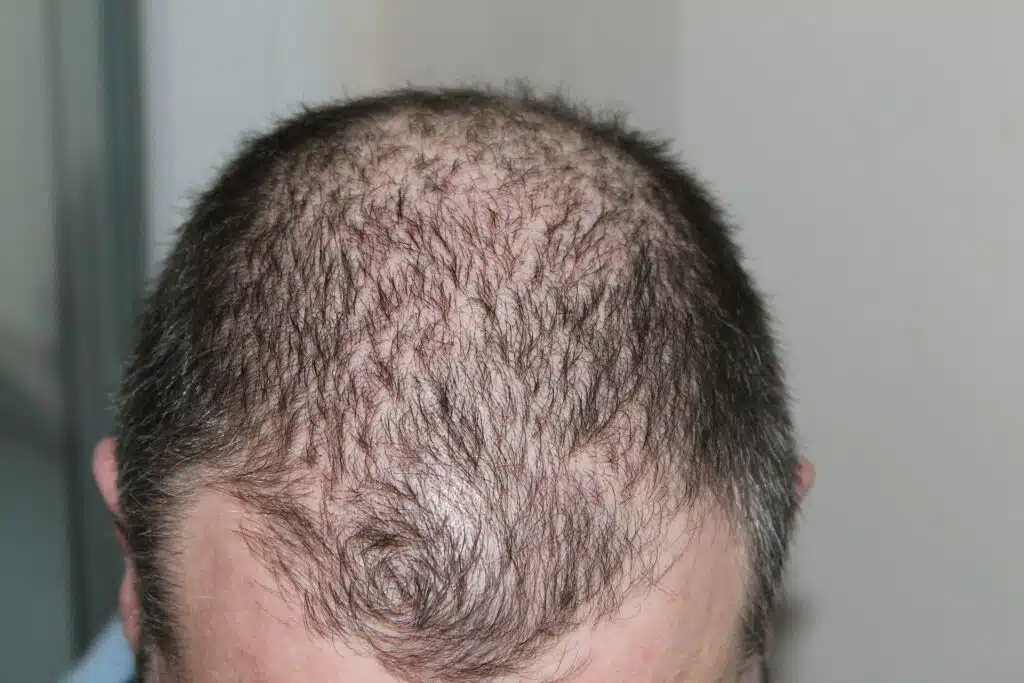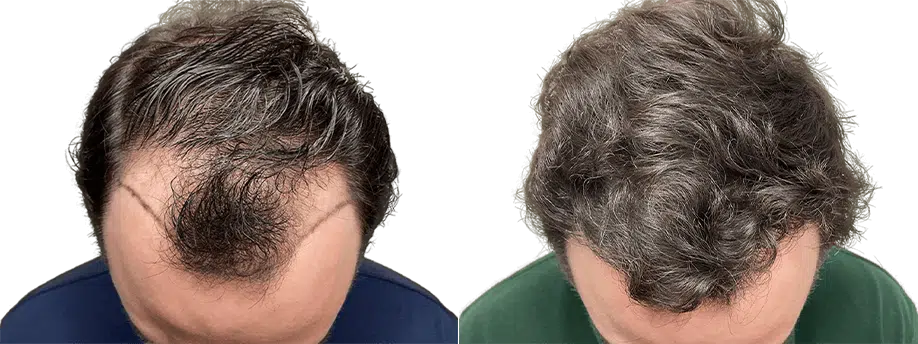Four Thousand Grafts MEGA Session: What it Is
At MAXIM, we are hair restoration specialists and highly experienced in our field. We offer a variety of services and highly effective hair transplant procedures across the United States to help you look and feel your best and enjoy your hair with confidence. A hair transplant can help improve your self-confidence and improve your appearance, with minimal to no scarring. These procedures are great solutions for men experiencing baldness, women with thinning hair, or anyone who has lost hair on the scalp due to other reasons.
What Is a Hair Transplant?

A hair transplant adds additional hair to balding areas. It does so by removing hair from one body area and transplanting it to a different one. Over the years hair transplant methods have developed and changed, with non-surgical options now available.
Modern techniques were developed by surgeons in Japan, dating back to the 1930s. It was originally designed to help restore eyebrows, eyelashes, and hair on the scalps of burn victims. In the 1950s, Dr. Norman Orentreich developed it as a treatment for male pattern baldness when he added grafts to balding areas of the scalp.
Techniques have since developed and progressed to include options such as follicular unit transplantations, follicular unit extraction, and more as a popular way to treat male pattern baldness or help anyone suffering from thinning hair.
What Is FUT?
A follicular unit transplant is a procedure where the doctor surgically removes a thin strip of skin containing hair and replants it in the balding region. The hair is usually removed from the side or back of the head in follicular unit grafts of one to four strands at a time. The area on the side or back of the head where the hair is removed is the donor area and is usually unaffected by hair loss.
Since the skin on the scalp is generally flexible, the incision area can be easily stitched together afterward, resulting in a fine scar. The scar is thin enough to be covered by the existing hair and is not easily detectable even with short hairstyles unless inspected very closely.
The grafts that are replanted into the balding area are known as follicular units. The surgeon examines them carefully before adding them back to the scalp to remove any excess skin. This helps the scalp look natural and healthy when it begins to grow in the transplanted area. The transplant area is decided between the patient and the surgeon before the FUT procedure to ensure a smooth experience and natural-looking result once fully healed.
What Is FUE?
Follicular unit extraction is another type of hair transplant that involves obtaining donor hair from the side or back of your head. This donor hair is then added to the balding area. In a FUE transplant, individual follicular units are removed one at a time. Small punch tools extract the hair follicles one by one and result in virtually no scarring. This procedure was developed to transplant hair follicles with less visible scarring and has become one of the most popular hair transplant procedures.
Because the punch holes have become smaller as the treatment has progressed and developed over the years, the patient only appears to have red pinpricks on the donor site until it heals fully. Patients should expect to have minimal scarring that is hardly visible after about two weeks post-operation.
Any remaining scars fade over time and are barely visible to the naked eye. With scars shrinking to less than 0.5 mm, this is an excellent option for people who like to wear short hairstyles around the back of the head near the donor sites.
How Many Hair Grafts Are Needed?
When patients decide on a hair transplant, one of the first things they want to know is how many hair grafts will be needed for their procedure. The number of grafts needed varies from individual to individual based on their specific needs. Several other factors must be considered, such as:
- The size of the area that needs to be covered with donor hair. The larger the site, the more grafts will be required.
- The type of hair and amount of thinning. Since hair loss is progressive and cannot be cured completely, the amount of thinning and type of hair must be considered to help the hairline maintain a natural look as future thinning occurs.
- Quality of donor area hair. The quality and texture of the donor hair should be considered since it’s taken from a different spot on the scalp. If the donor hair is fuller and thicker, fewer grafts may be needed to transplant.
- Hair restoration procedure chosen. The type of transplant procedure selected will determine how many grafts you can transplant at a time.
How Many Grafts in an Average Transplant?
It is typical for thousands of grafts to be moved and placed during a hair transplant for any procedure . In an average FUT session, up to 4,000 grafts can be transplanted. In an average FUE session, up to 2,000 grafts can be transplanted.
The MAXIM MEGA Session
The surgeons at MAXIM not only specialize in hair transplantation but also specialize in MEGA sessions. A MEGA session is when up to 4,000+ grafts can be transplanted within a single session. While most other transplant centers limit patients to around 1,000 to 2,000 grafts at a time, our experienced surgeons can perform transplants on more extensive sections of the scalp. They can also transplant more grafts at the same time for amazing results in one session. With a MEGA session, you can eliminate or minimize the need for future sessions.
The experts in hair restoration at MAXIM are here to guide you through your hair restoration journey. Schedule a consultation with our team to learn more about how we can help get your confidence back and improve your appearance with our highly effective procedures. With offices in New York, Texas, New Jersey, California, Virginia, Florida, and Indiana, you’re sure to find one near you. You can reach us at 802-370-3227 or use our secure online messaging system. A member of our team would be happy to answer any questions you may have.

